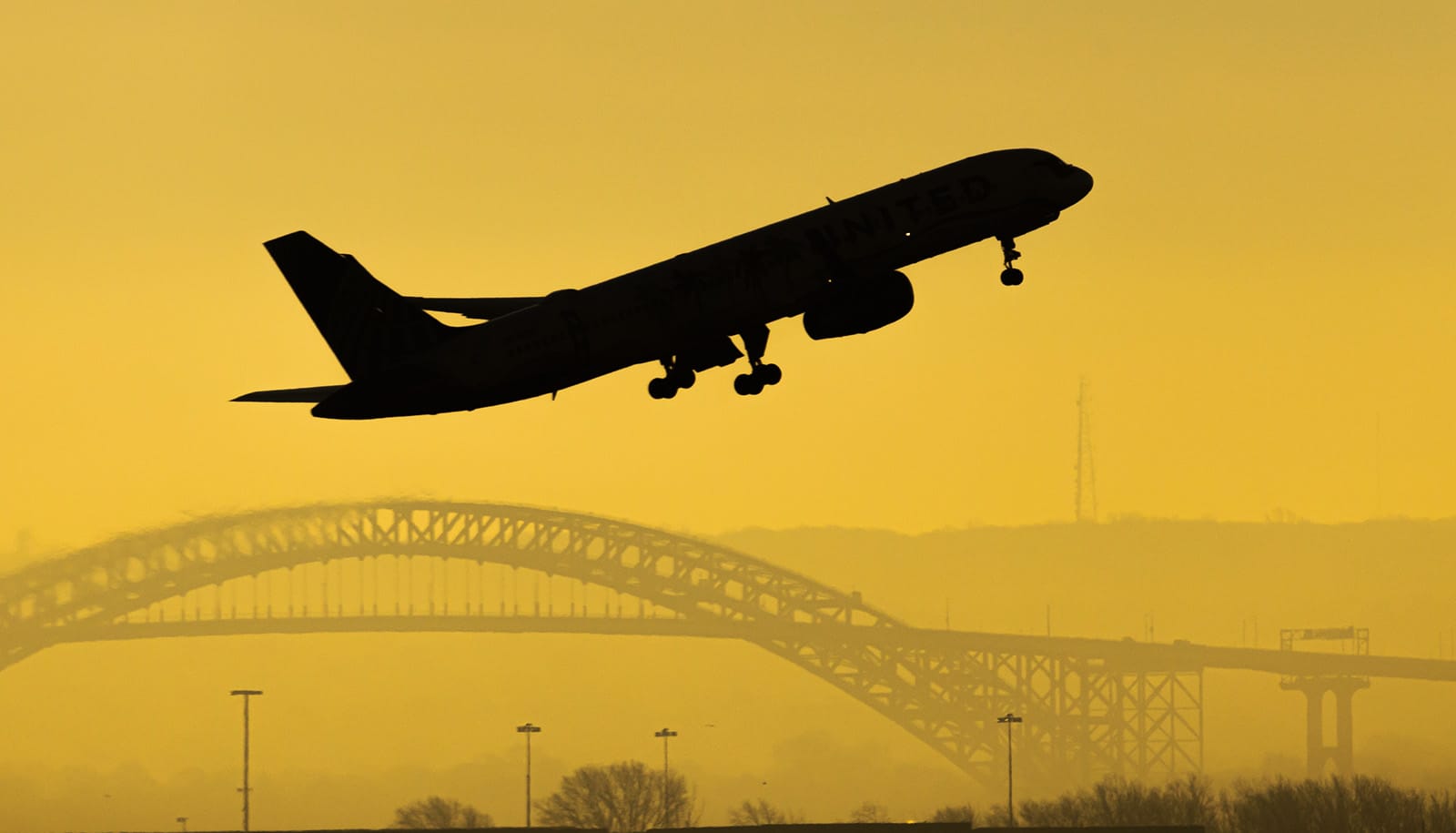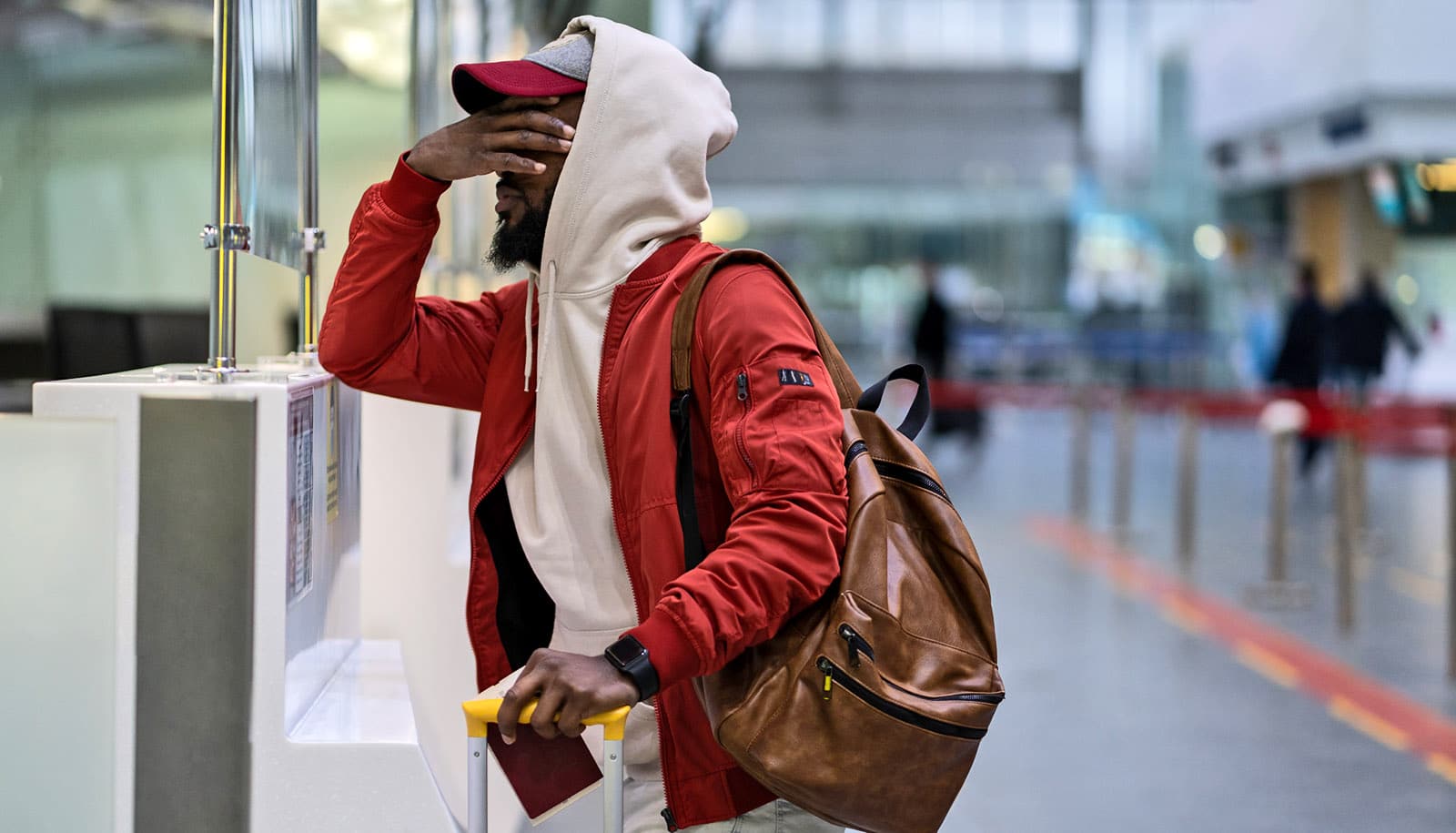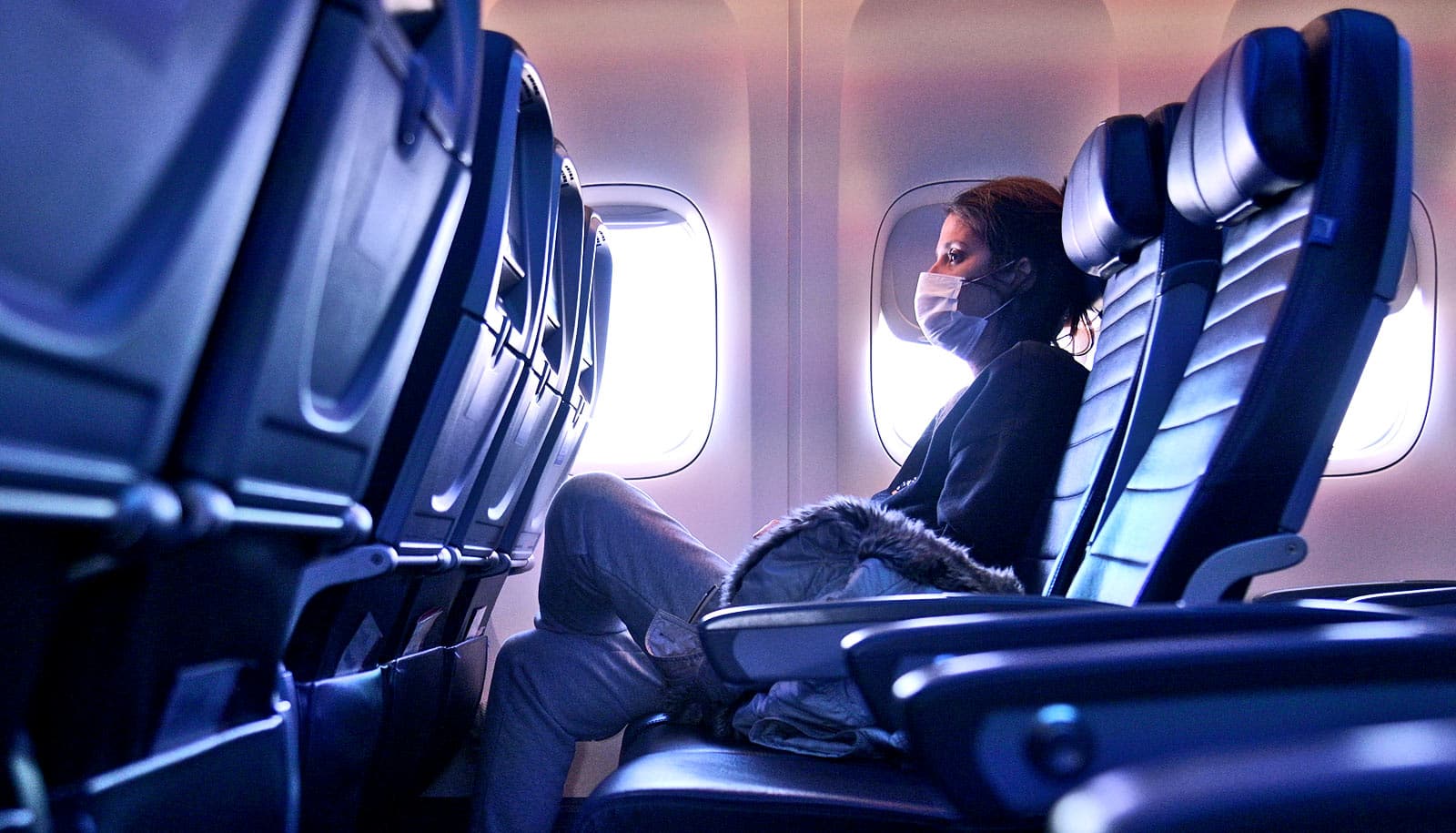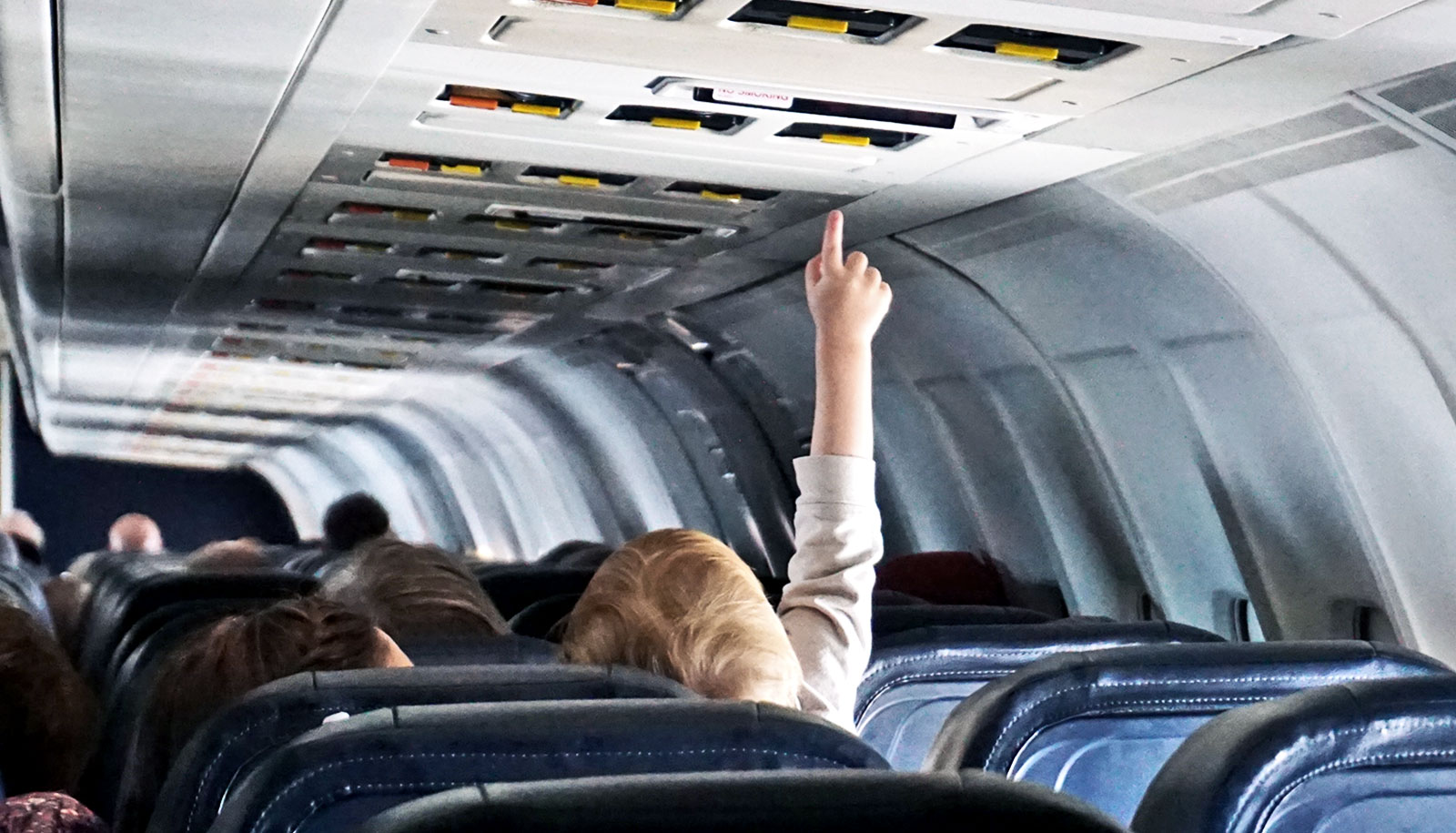Tricks that supposedly get you cheaper plane tickets probably aren’t worth your time, say researchers.
Buy your ticket on a Tuesday. Search in your browser’s incognito mode. Use a VPN to pretend you live in Suriname.
“There are so many hacks out there for finding cheaper airline tickets,” says Olivia Natan, an assistant professor of marketing at the University of California, Berkeley’s Haas School of Business. “But our data shows many of these beliefs are wrong.”
With four colleagues—Ali Hortaçsu and Timothy Schwieg from the University of Chicago, Kevin Williams from Yale, and Hayden Parsley from the University of Texas at Austin—Natan looked deeply into the structure and processes behind how prices are set at a major United States airline. The system that she found, which is representative of airlines around the world, was strikingly at odds with what most economists would expect—and most consumers assume.
“We initially didn’t know how to rationalize the things we were seeing,” she says.
Consider fruit jam at the grocery store. Consumers have many options. If a company raises the price on its strawberry jam, one might fairly assume that this would affect sales of both strawberry and neighboring raspberry jam, since consumers can substitute one for another.
The same can happen with plane tickets: when people visit a website like Google flights or Kayak and search for a ticket, a wide range of different flights from the same airline appear. Travelers tend to make selections that balance convenience and price: The price of one flight might push people to select a slightly less convenient but cheaper flight.
“But airlines don’t consider this kind of substitution,” Natan says. They think about the prices of seats on each individual flight rather than total seats sold in a day, “even though changing the price on one flight will affect the way people think about all their options.”
Perhaps most surprisingly, airlines also don’t incorporate the prices of their competitors in their automated price-setting. Typically, if one airline cut its prices, one would expect other firms to do the same. If they don’t, this dampens the benefits of a competitive market.
This unorthodox behavior, Natan explains, is the result of a specific pricing heuristic—or decision-making shortcut—that airlines use called Expected Marginal Seat Revenue-b, or EMSRb. The use of EMSRb, the researchers show, results in another outcome that consumers may not expect.
Despite how it may appear when looking for flights, airlines have a fixed and relatively small number of prices that they assign to tickets on each flight. Unlike other consumer sectors, where pricing can be adjusted and targeted down to the penny, airlines operate with large gaps between each possible price—sometimes upwards of $100. They may sell the first 30 economy tickets at the lowest price, and then the next 30 tickets at the next possible price, and so on.
“Airline tickets are sold through global distribution systems that make sure a travel agent in Wichita sees the same price as you do on your computer at home,” Natan says. This system emerged from an industry alliance to facilitate inventory management. Other businesses in the travel sector, like hotel rooms, cruises, trains, and car rentals do the same.
The downside is that airlines are relatively unresponsive to real-time changes in cost, as the next discrete fare is often a significant jump up. The researchers found that even if the airline would like to increase the price by $100—half the price of an average one-way ticket—they only do so about 20% of the time, since no fare is available at that price.
Today, airlines are starting to experiment with what’s known as “continuous revenue management,” which would, for instance, assign 100 different prices to a flight with 100 seats. “That would make pricing significantly more variable,” Natan says, “but even that would not be the kind of targeting that many consumers assume airlines use.”
One of the strangest discoveries from the research relates to the process airlines use to set their prices. To an economist, Natan explains, there is never a reason that firms would not raise prices if the increase assures an increase in revenue. But this is precisely what airlines do for essentially every ticket they sell.
“We talked to all of these managers who said the pricing team doesn’t know what it’s doing,” Natan says. The pricing team’s work is made more difficult in part by the set of discrete prices they have to work with, “but we found they could make more money today by selling fewer tickets at higher prices and not foreclose future opportunities. In practice, they seem to be choosing the menu of prices somewhat arbitrarily.”
Interestingly, the revenue management team corrects much of this underpricing. After prices are filed and before tickets go on sale, this team makes demand forecasts that determine final prices. These forecasts are routinely inflated, reducing the number of underpriced tickets shown to consumers by roughly 60%.
“It’s very strange,” Natan admits. “It could simply be a consequence of teams from different departments not communicating.” Two other possibilities as to why airlines don’t maximize short-term revenue, she speculates, are either to build customer loyalty or to avoid regulatory scrutiny.
Over the next several years, Natan says, airlines may start to adopt more dynamic pricing platforms, and non-business travelers may benefit from these changes. But for now, the hunt for an undiscovered trick to find lower fares is largely futile. What is clear is that it’s wise not to wait until the last minute. “What I can say is that prices do go up significantly 21, 14, and 7 days before a flight,” Natan says. “Just buy your ticket before then.”
The findings appear in The Quarterly Journal of Economics.
Source: Dylan Walsh for UC Berkeley



